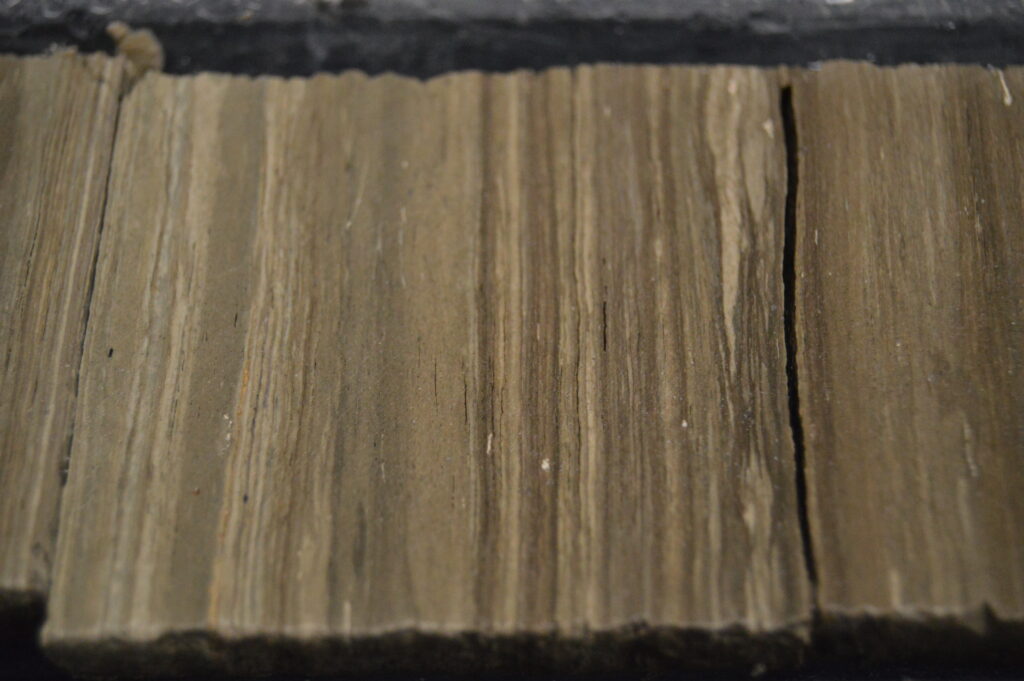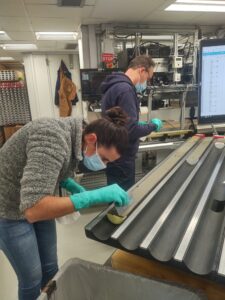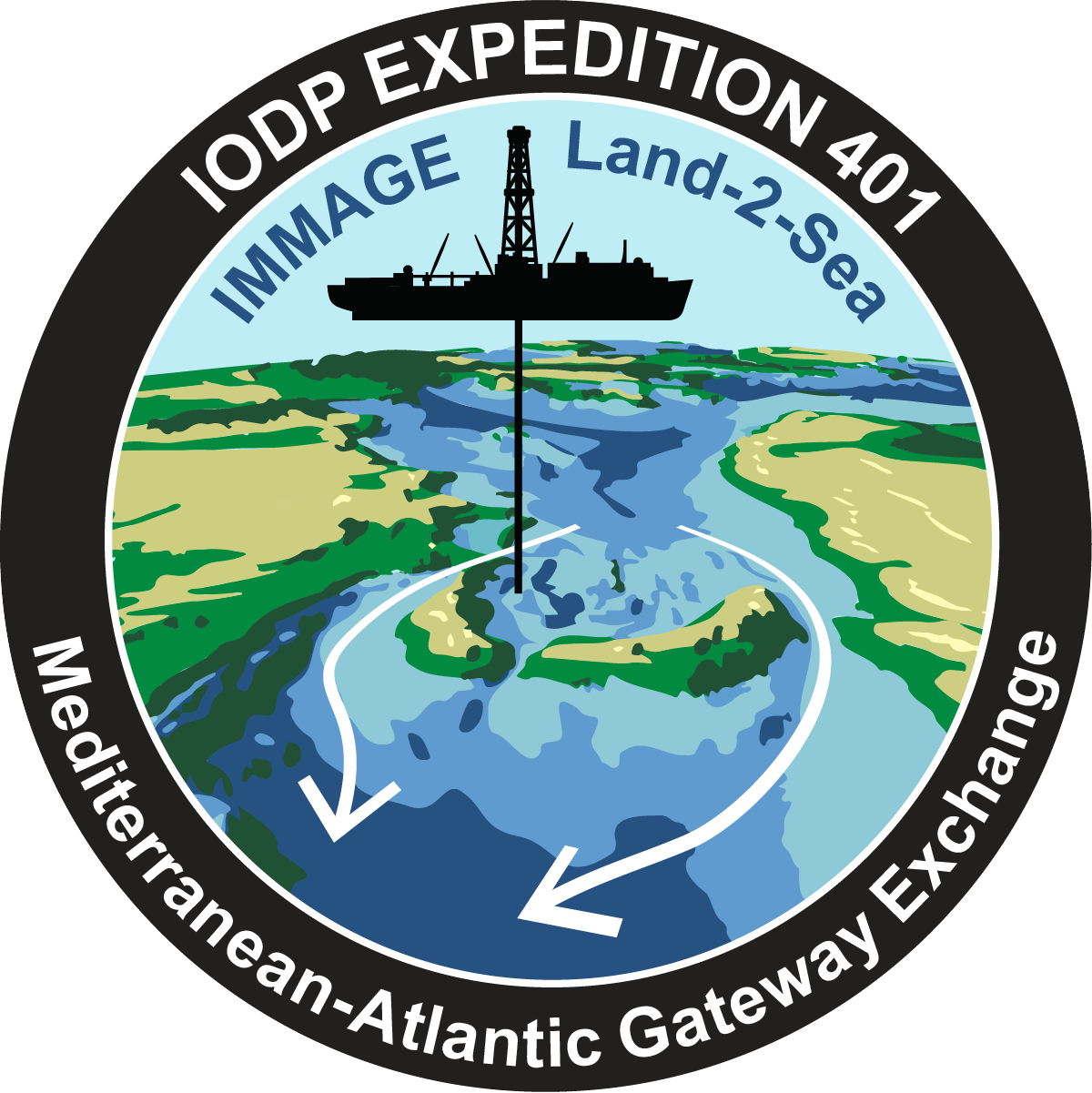
What we’ve learned from Expedition 401 so far
By Rachel Flecker, Co-Chief Expedition 401
Tomorrow, after two months at sea aboard the JOIDES Resolution, Expedition 401 comes to an end as we dock in the port of Naples, Italy. Our expedition was all about the connection between the Atlantic and Mediterranean 8-4 million years ago. We know changes to this gateway profoundly changed the Mediterranean. The question is, did those changes also impact the Atlantic and what happened in the gateway itself?
Today the Gibraltar Strait is the Mediterranean-Atlantic gateway, but in the past there were at least two other connections: one to the south in Morocco and one to the north in Spain. These closed and as they did so, the saltiness of the Mediterranean increased dramatically leading to the accumulation of ~1.5 km of salt on the Mediterranean sea floor.
Expedition 401’s aim was to collect sediment cores that allow us to test two main hypotheses:
- that this change in Mediterranean salinity, changes the density of the water flowing out into the Atlantic, impacting the circulation of the global ocean.
- that the formation of a salt giant, changes the chemistry of the global ocean in ways that impact the carbon cycle
Both these physical and the chemical perturbations have the potential to drive climatic change globally.

The sediment cores we needed were buried hundreds of meters below the sea floor. It’s very unusual to be drilling for sediment archives of climate this deep because climate records need to be continuous, and deep drilling rarely results in recovering more than half of the sedimentary layers. However, as a consequence of new drilling technology and the expertise in scientific coring accumulated and honed over more than half a century by both the JR technical team and the drillers, Expedition 401 recovered unprecedentedly continuous core even from depths of more than 1km down. For example, the last core we recovered from our Mediterranean site was at 1070m and had 96% recovery.
What these complete records in the Atlantic show is that there is a clear response to changes in the Mediterranean-Atlantic gateway at the same time as the salt giant formed making it very likely that there was a physical change in ocean circulation (hypothesis 1). Hypothesis two will take a lot of detailed analytical work on the samples recovered to test.
But the big ship-board surprise actually came from our drilling just inside the Mediterranean to the east of Gibraltar. This area, the Alborán Sea, was thought to be the main Mediterranean-Atlantic gateway both immediately before and after the salt giant formed. The cores we recovered at this site, contain some of the most beautiful sediments we’ve ever seen – exquisitely laminated in a variety of colours. This incredibly fine lamination requires very quiet, low energy conditions. This is not what we were expecting to see, because many of the models suggest that during salt giant formation, the Mediterranean Sea level dropped by hundreds of meters, causing major erosion of the margins including in the Alborán Basin. We were also anticipating a sedimentary signal caused by the catastrophic refilling of the Mediterranean, and we found no compelling evidence of that either.
All of this means that there are still lots of outstanding questions around the evolution of the Atlantic-Mediterranean corridor 8-4 million years ago. Luckily, Expedition 401 is part of a bigger Land-2-Sea drilling project, IMMAGE, that will drill the fossil gateways now preserved on land. So even though our ship-based drilling is coming to an end, we just starting to plan the next drilling expedition to Spain and Morocco.
